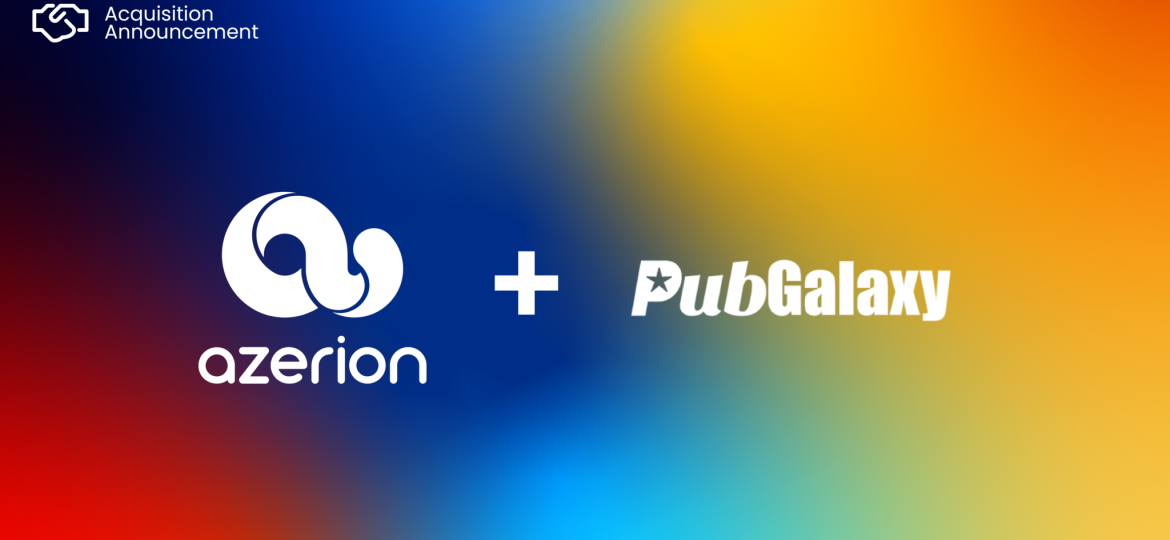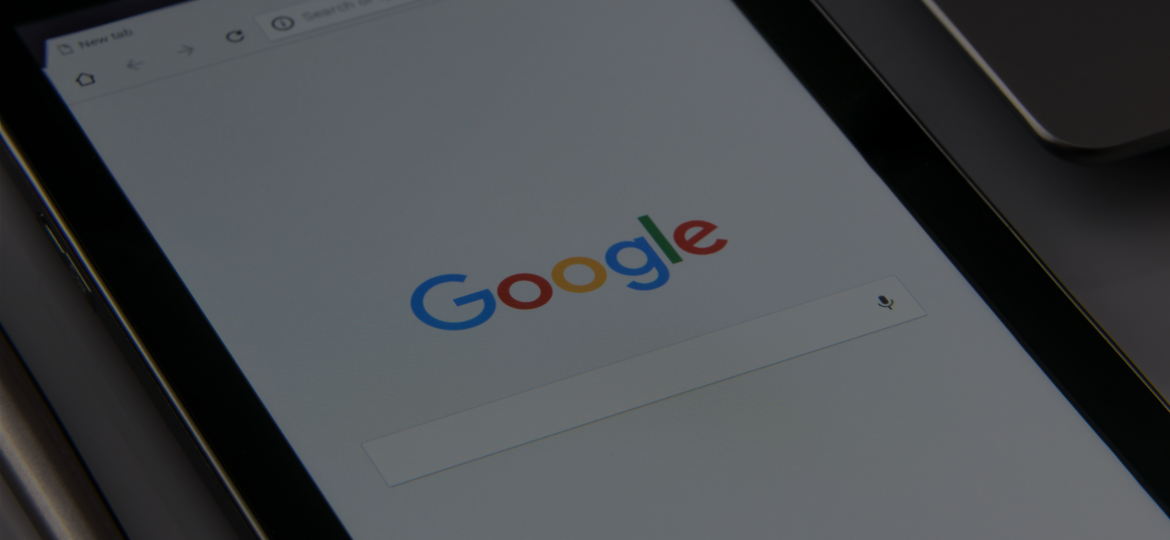We are excited to announce that PubGalaxy is now part of Azerion, the fast-growing digital entertainment and media platform. As we join forces, we will work to reinforce Azerion’s monetization capabilities and facilitate access for publishers to world-class advertisers. Azerion is a global media company that has seen immense success over the past decade. With over 1000 employees in 27 locations, the company has established a strong foothold across the publishing and advertising ecosystems. We couldn’t be happier to be joining their ranks and are looking forward to the new horizons we will reach together. “We are delighted to welcome PubGalaxy to our platform. They understand the challenges faced by publishers and have developed a comprehensive programmatic offering that matches perfectly the needs of our partners. Their integration will result in knowledge and technology sharing on both sides, and an enhanced customer experience for our advertisers and publishers”, explains Joost Merks, Chief Investment Officer of Azerion. Ivan Ivanov, CEO of PubGalaxy further adds: “As a historical digital publisher, our teams know the publishing industry inside out. Some of the biggest publishers have already entrusted us with their monetization strategies, as we strive to devise the most effective ways to maximize their ad revenues. We are confident that the expertise and insights gained from our two-decade experience in the publishing world will be of great help to Azerion’s network of advertisers and publishers.” This is an important milestone for PubGalaxy as with Azerion behind us and through the synergy of our…
News
What’s new? Тhis June, the page experience update will take into account a variety of page experience signals, including the three Core Web Vitals metrics we’ve discussed previously. In addition, Google Search’s Top Stories carousel will be changed to incorporate all news content that complies with Google News regulations. This implies that the AMP format is no longer required, and any page, regardless of its Core Web Vitals score or page experience status, will be eligible to feature in the Top Stories carousel. Google is also introducing similar upgrades to the Google News app, which is a popular location for users all around the world to obtain a complete picture of the day’s essential news. Google will also no longer display the AMP badge icon to denote AMP content. You may expect to see this change in our products once the page experience update begins to roll out in mid-June, and we’ll keep you updated as additional information becomes available. Google Search Console and the new Page Experience report This report combines the existing Core Web Vitals report with other components of the page experience signals, such as HTTPS security, absence of intrusive interstitials, safe browsing status, and mobile-friendliness. The Page Experience report provides useful indicators such as the percentage of URLs with a positive page experience and search impressions over time, allowing you to easily assess performance. You can also delve further into the components of the page experience signal to receive further insights on areas for improvement. Few…
Website monetization starts and ends with Google for many publishers, be it Google Ad Manager or Google AdSense. The difference between the two is the publisher’s level of sophistication to manage multiple demand sources. The vast majority of publishers, therefore, rely on Google AdSense to deliver many of the ads you see on blogs and independent niche websites. That means Link Ad Units appearing amongst the usual display ads.
On the 3rd of December, Google announced that a new core update is rolling out. This December 2020 core update is the third one this year, the first one was the January 2020 core update and the second one was May 2020 core update. The roll-out Google said “the December 2020 Core Update is now rolling outlive. As is typical with these updates, it will typically take about one to two weeks to fully roll out.” This was a global update, like all core updates, and was not unique to any area, language, or web site category. It’s a classic “broad-core update” that Google releases every few months or so. In this case, it was the longest stretch since the confirmed large core update, which took just under seven months, as compared to the usual three-month period. This December 2020 update On December 16, Google finished rolling out the Google December 2020 Core Update. As previously mentioned, it began on December 3rd at around 1 pm ET and took 13 days to roll out entirely, which is just about the two-week timeline that Google gave us for the core update rollouts. Here’s the announcement from Google that it’s rolled out: It was an atypical core update and it seems to be a big and substantial one. We have monitored a huge spike in volatility on a number of sites on December 4th, the day after the update began rolling out. Then another set of fluctuations on the 10th of December,…
Ever since GDPR (General Data Protection Regulation) revolutionized the conversations of everyone with digital advertising interests in the EU, companies in the US have had to make a decision. Withdraw from the EU, make preparations to be compliant, or follow suit and apply a similar standard in the US. CCPA is California’s approach to privacy and consumer data. With the industry evolving at its rapid rate and the introduction to new systems and processes, there is a need in the industry for regulations that enforce best practices. Privacy and how consumer data is currently being processed within different parties has become one of the biggest concerns, especially since the Cambridge Analytica scandal. In this article, you will learn more about what CCPA is, how it works, who it applies to, and what you may need to do in order to be compliant.
Ad Blocking is a big fear of the digital advertising industry and while anecdotally reserved for techies and gamers, more and more people are blocking ads, though far fewer than expected. For the second year in a row, eMarketer has downgraded its estimates of the adblocking population in France, Germany, the UK, and the US.
In these uncertain times, Google made its stance on third-party cookies very clear. The announcement was made in February 2020 to phase out the use of third-party cookies within the Chrome browser by 2022. This brings Google Chrome, by far the world’s most popular internet browser used by about 63% of internet users across mobile and desktop, up to speed with Apple Safari and Mozilla Firefox, which represent about 19%. After both GDPR and CCPA forced publishers to rethink consent, the cookie is now a key issue. Privacy concerns have been the biggest driver for change within the industry, now the battle is around anonymity and what that really means. To clarify, the commodity here is internet users’ cookie IDs. Let’s look at what the future of the cookie looks like and what this means for publishers and advertisers.
The Future of AMP – Further expansion in 2020 It’s business as usual with Google as we approach the end of the year, even though there have been a lot of recent changes that have caught everyone in the industry off guard. Looks like user experience is still a top priority for the company going forward, as shown by their latest updates overall. It’s clear that the tech giant is steady on the path to simplify a lot of the mechanics used by digital businesses, aiming to establish good practises and create user-first experiences across the board. In retrospect, perhaps the biggest move in that direction was the release of Accelerated Mobile Pages a few years back. So, with the same trend likely to continue into 2020 and beyond, we thought an updated guide on AMP was due.
On May 4th, Google announced its second for this year major algorithm update. It has been rolling out for almost two weeks now, and by the end of this week the so-called ‘May 2020 Core Update’ should fully be released globally. Similar to the previous Google January 2020 Core Update, it’s a large change to the search engine’s algorithm that already has a big impact on a lot of sites out there. Our observations so far are that this broad core algorithm update resulted in a highly visible effect across search results worldwide. That is why the timing Google chose to roll out its update was harshly criticized by many website owners and SEO experts around the globe. Due to the current pandemic situation, it’s been already tough enough for online businesses to sustain. Let alone, dealing with traffic drops, which for many led to a decline in sales and revenue loss. Let have a look at some more detailed information on the May 2020 Update and what the digital publishing industry should expect from it. How has the Google algorithm changed? It has become a tradition for Google to announce its core updates, however, the policy is to not reveal what exactly has changed in the search algorithm and how it will affect the search rankings. Shortly after the update was announced, John Mueller, the Senior Webmaster Trends Analyst at Google was asked on Twitter to provide more details about the May update. His statement was frank and referring…
We live in an era that is rich in information, so much so, that we are even spoilt for choice in how we choose to consume it. The challenge for digital publishers is deciding the best platform to present content bearing in mind how users’ habits have changed. There used to be a time not so long ago where the media and the general public were both figuring out the internet. Online became a new place where physical, printed media was replicated onto the world wide web. This was how traditional publishers could tap into their readers’ initial new habits by providing their content online. Very quickly, these now online publishers realized that their traditional readers were evolving. Over the years, as physical turned digital, readers became website visitors. With the advent of new ways to engage their audience, these visitors then became users.











